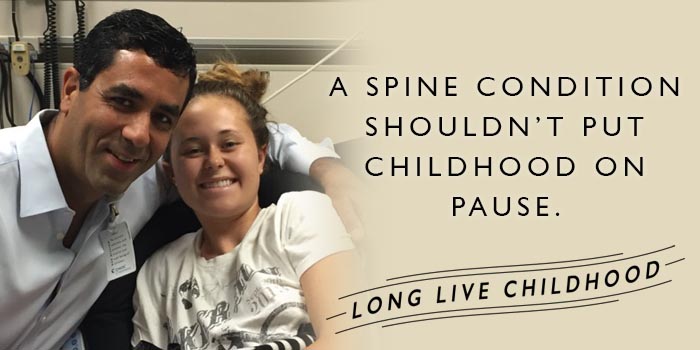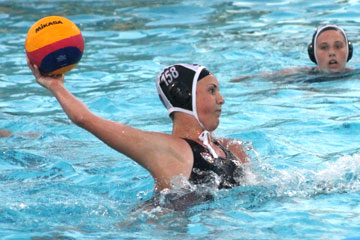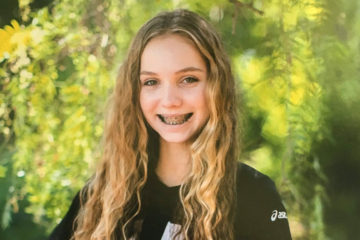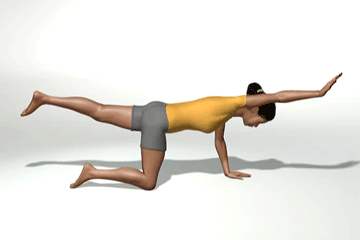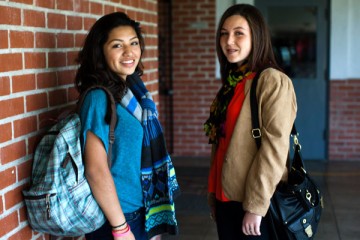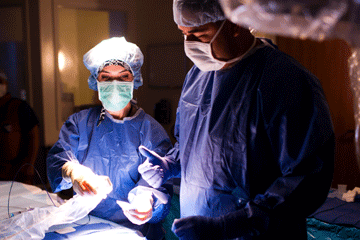Scoliosis Symptoms & Treatment
If the spine curves more than 10 degrees, it is considered scoliosis. A normal spine, when viewed from behind, appears straight. A minor amount of sideways curvature is fairly common. This condition is most common in late childhood and early teens, when children grow quickly. Girls are more likely to develop scoliosis than boys.
Scoliosis Symptoms
Although scoliosis can be caused by conditions such as cerebral palsy and muscular dystrophy, most causes of scoliosis are unknown. Although each individual may experience symptoms differently, the following are the most common symptoms of scoliosis. Symptoms of scoliosis may include:
- Difference in shoulder height
- The head isn’t centered with the rest of the body
- Difference in hip height or position
- Difference in shoulder blade height or position
- When standing straight, difference in the way the arms hang beside the body
- When bending forward, the sides of the back appear different in height.
We treat all forms of scoliosis, including early onset scoliosis (before age 10), adolescent idiopathic scoliosis (age 10 to 18 with no known cause), syndromic scoliosis (caused by another condition), kyphoscoliosis (a combination of forward and side-to-side curvature) and neuromuscular scoliosis.
Scoliosis Diagnosis
Early diagnosis of scoliosis is important. Your child’s pediatrician should check for scoliosis at every yearly physical exam. If your child’s spine shows signs of curvature, the doctor may monitor it closely with X-rays with the EOSedge every few months. If the curve worsens, or is more than 25 degrees, your doctor may refer you to the CHOC Spine Center, where our spine specialists have fine-tuned the most innovative and proven scoliosis treatments available.
Scoliosis Testing
Testing for scoliosis can be done at home, at the school or in the doctor’s office. For the most accurate diagnosis we always recommend making an appointment with your pediatrician. When testing for scoliosis, the screening may include:
- Checking for shoulder high asymmetry
- Evaluate the iliac crest for variation in heights
- Adams forward bend test
In our scoliosis screening exam video, you will see how to check for scoliosis:
Treatments for Scoliosis at CHOC
The goal of treatment is to stop the progression of the curve and prevent deformity. We take a conservative approach to treatment, first observing and then prescribing bracing if necessary. When surgery is necessary, we offer the very latest methods and surgical expertise, all in a setting specially designed to treat kids and teens.
Treatment may include:
Observation and Exercise
Observation may be necessary to determine if the spine is continuing to curve as the child grows. Your child’s doctor may take regular measurements or perform X-rays to monitor the spine. Certain exercises may help prevent the spine from curving more. Learn how to do the most effective scoliosis exercises.
Bracing may be used when the curve measures more than approximately 25 degrees and your child is still growing. The type of brace and the amount of time spent in the brace will depend on the severity of the condition. We use computer-assisted methods to design custom braces to allow as much movement and flexibility as possible. We also offer an innovative bracing treatment called a Mehta cast for younger patients with scoliosis. Learn more about scoliosis bracing.
Surgery
Surgery may be recommended when the curve measures 40 degrees or more and bracing isn’t successful in slowing down the progression of the curve. We use growing rods for younger children who are still growing, and spinal fusion for teens who are near the end of their growth period.
- Growing rods: A limited fusion is performed at the top and bottom of the spine with hooks to hold a rod in place. A minor surgery is performed every six to 12 months afterward to lengthen the rod as the child grows. Eventually, these children will likely have a spinal fusion and may be braced as well.
- Spinal fusion: This surgery involves fusing vertebrae together to stabilize the curved part of the spine and correct the deformity. At CHOC, our orthopaedic surgeons are highly experienced in performing spinal fusion and have fine-tuned the most innovative and successful approach. Learn more about spinal fusion surgery.
If left untreated, curves greater than 50 degrees are at risk for worsening and can lead to long-term health problems involving the heart and/or lungs. Many patients and families may also be concerned with how their back looks.

